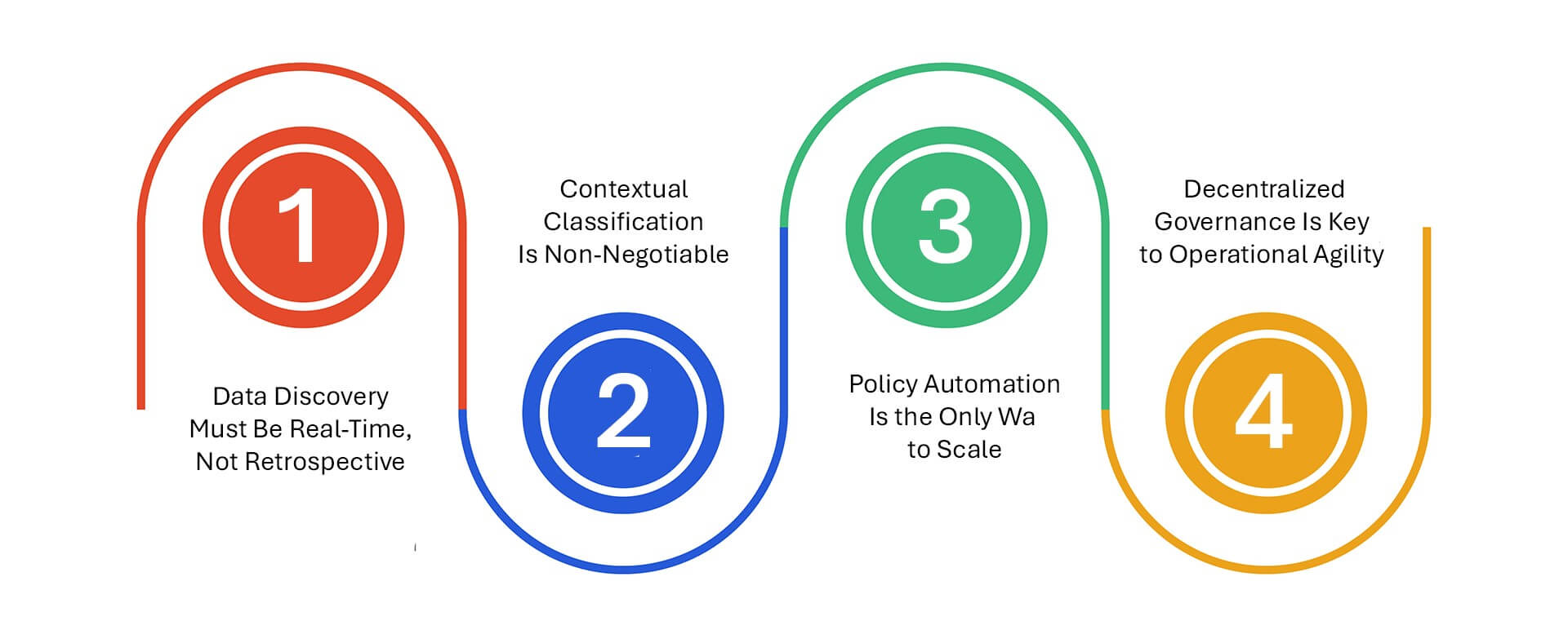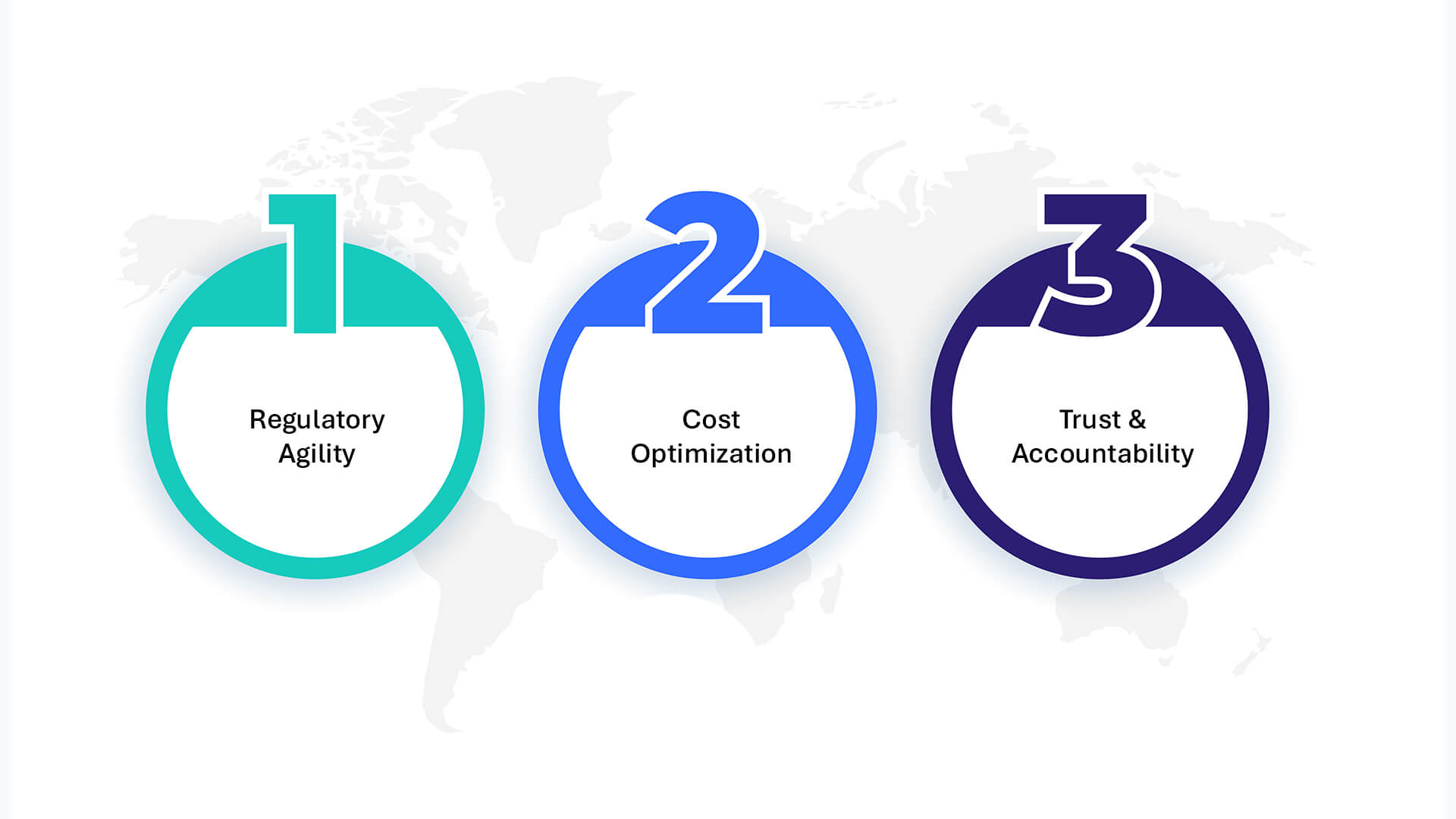In 2025, the UK is standing at a crossroads. As digital ambitions grow louder across Westminster, from economic growth tied to artificial intelligence to global trade competitiveness post-Brexit, one foundational question keeps resurfacing: who controls the data, and under what rules?
The answer is evolving rapidly. With the introduction of the UK’s Data Protection and Digital Information Bill (commonly referred to as the DPDI Bill), the country is signaling a departure from the European Union’s stringent General Data Protection Regulation (GDPR). The intent is clear—create a more innovation-friendly environment. But in loosening certain controls, the UK risks opening a Pandora’s box of compliance complexities, international trust challenges, and operational risks for businesses.
This article unpacks the implications of the reforms, why they matter now, and how a redefined approach to data management—one that blends agility, automation, and privacy by design—can offer a way forward.
Reform in Motion: What’s Changing?
The UK’s DPDI Bill, which is nearing its final stages in Parliament, represents the government’s attempt to strike a balance between regulatory simplification and digital growth. It introduces a series of pragmatic adjustments: easing rules around cookies, simplifying the subject access request (SAR) process, revising the role of data protection officers, and redefining legitimate interest standards for data processing.
On paper, these updates appear to reduce red tape, especially for small and medium enterprises. For example, businesses may no longer need to repeatedly obtain consent for certain low-risk data processing activities. There’s also talk of enabling more flexible use of data for scientific research, AI training, and automated decision-making.
But beneath the surface lies a tension between innovation and oversight.
The reforms subtly loosen requirements that previously ensured accountability and transparency. That has raised concerns among legal experts and data protection authorities. A recent legal analysis from Pinsent Masons warns that the UK’s divergence from GDPR could put its data adequacy status with the EU at risk—a status that underpins frictionless data transfer between the UK and the EU. If this were revoked, businesses would be forced to implement costly alternative mechanisms like Standard Contractual Clauses (SCCs) to maintain cross-border data flows.
And then there’s the international optics. The UK, once seen as a champion of data rights under the GDPR regime, now risks being perceived as a softer jurisdiction. For multinationals, particularly those in finance, healthcare, and tech, this opens a critical question: will data originating in the UK be trusted enough to use in high-risk applications like AI models?
The Hidden Risk: A Compliance Framework Without a Compass
At first glance, the DPDI Bill seems to lower the regulatory burden. But in reality, it shifts it.
Removing explicit obligations—like the need for impact assessments or data protection officers—doesn’t eliminate accountability. Instead, it leaves room for inconsistent implementation and interpretation. Organizations must now define what’s “reasonable” without the scaffolding that GDPR once provided.
This increases both legal exposure and operational complexity.
Cross-border operations are particularly vulnerable. With the UK’s approach diverging from the EU, there’s a real risk the European Commission could revoke the UK’s data adequacy status. If that happens, companies would face higher costs and more friction in transferring data to and from the EU, needing mechanisms like Standard Contractual Clauses (SCCs) or Binding Corporate Rules (BCRs) to maintain operations.
Even within UK borders, the expanded powers for ministers to mandate data sharing raises concerns about data confidentiality, intellectual property protection, and cybersecurity—especially in sectors handling sensitive or regulated data.
The writing on the wall is clear: you may have more freedom, but you’ll need far stronger control.
What Enterprises Need to Rethink Right Now

To navigate this new era, it’s not enough to just stay informed. Enterprises need to fundamentally rethink how they manage and govern data—especially unstructured data, which makes up more than 80% of all enterprise information, according to IDC.
Here’s what that rethinking looks like in practice:
1. Data Discovery Must Be Real-Time, Not Retrospective
You can’t protect what you can’t see. With regulatory boundaries shifting, organizations need always-on visibility into their data estate—structured and unstructured, on-prem and cloud.
This means moving beyond traditional audits and embracing AI-powered discovery tools that can scan massive volumes of data to identify sensitive information, map data flows, and flag compliance risks in real time.
2. Contextual Classification Is Non-Negotiable
It’s not enough to label files as “confidential” or “internal.” Enterprises need deep, contextual classification—knowing not just what the data is, but who owns it, who accesses it, where it resides, and how it’s used. This is crucial when differentiating between lawful processing under DPDI vs. GDPR.
Context is compliance currency.
3. Policy Automation Is the Only Way to Scale
With ministerial discretion and dynamic regulatory guidance becoming the norm, static data policies are obsolete. Enterprises must implement policy-driven orchestration systems that can auto-enforce retention, access, and deletion rules based on live context.
Whether it’s responding to a Subject Access Request (SAR) or isolating data subject to international transfer restrictions, these processes must be automated, auditable, and scalable.
4. Decentralized Governance Is Key to Operational Agility
Central compliance teams can’t manage data across every line of business, every geography, every use case. The future lies in federated governance—empowering data owners and application teams to manage their data securely, within guardrails defined by corporate policy.
This balance between autonomy and oversight is the only way to stay nimble while staying compliant.
Unlocking Business Value Through Intelligent Compliance Architecture

Adopting a modern compliance architecture isn’t just about avoiding penalties—it’s about creating enterprise-wide value. Here’s how:
- Regulatory Agility
- Enables rapid adaptation to evolving legal frameworks like the UK’s DPDI Bill or future EU-UK adequacy shifts.
- Real-time visibility into data—where it resides, how it flows, who accesses it—allows organizations to comply confidently with SARs, breach reporting, or international transfer obligations.
- Policy engines can be reconfigured as regulatory interpretations change, eliminating long cycles of manual reviews or legal guesswork.
- Cost Optimization
- Unstructured data—emails, PDFs, logs, backups—often makes up 80 %+ of an enterprise’s data footprint but remains unmanaged and over-retained.
- AI-driven discovery and classification identify ROT (redundant, obsolete, trivial) data, which can be archived, tiered to lower-cost storage, or deleted entirely.
- According to Gartner, implementing intelligent data lifecycle policies can reduce compliance-related storage costs by up to 40%, while also freeing up high-performance infrastructure.
- Trust & Accountability
- Decentralized governance empowers business and application owners to manage their data, building internal accountability and reducing bottlenecks.
- External stakeholders—customers, regulators, partners—gain confidence in the organization’s proactive stance on privacy, security, and responsible AI.
- With data ethics emerging as a competitive differentiator, businesses that demonstrate transparency and traceability gain reputational advantage and stakeholder goodwill.
The UK’s data reforms are more than a regulatory update—they’re a stress test for enterprise data infrastructure.
Some will see the DPDI Bill as a relief, a way to do more with fewer restrictions. Others will see it as a storm brewing—a world where compliance is no longer about rules, but about readiness.
The smart move is to treat it as both.
It’s a chance to modernize your data architecture, embed governance at the edge, and take full ownership of your compliance posture. The organizations that succeed won’t just avoid fines—they’ll future-proof their business for whatever comes next.
So here’s the real question: Is your data environment ready not just for today’s rules—but for tomorrow’s uncertainty?
From Reform to Readiness: Why Zubin Is the Compliance Backbone for the DPDI Era
Navigating the UK’s shifting data protection landscape demands more than legal awareness—it requires operational agility, architectural resilience, and intelligent automation.
That’s where Zubin comes in.
Designed for enterprises facing complex regulatory environments like the UK’s DPDI Bill, Zubin unifies metadata intelligence, real-time data discovery, contextual classification, and policy-based automation into a single, cohesive platform. It empowers data and application owners with self-service governance while ensuring centralized oversight for CIOs, CDOs, and CISOs.
Whether it’s streamlining Subject Access Requests, automating cross-border compliance, or eliminating ROT data to cut costs and risk—Zubin turns compliance from a cost center into a competitive advantage.
It’s not just software. It’s strategic assurance in an era of regulatory uncertainty. To know more about Zubin and try it firsthand, visit – https://www.datadynamicsinc.com/






